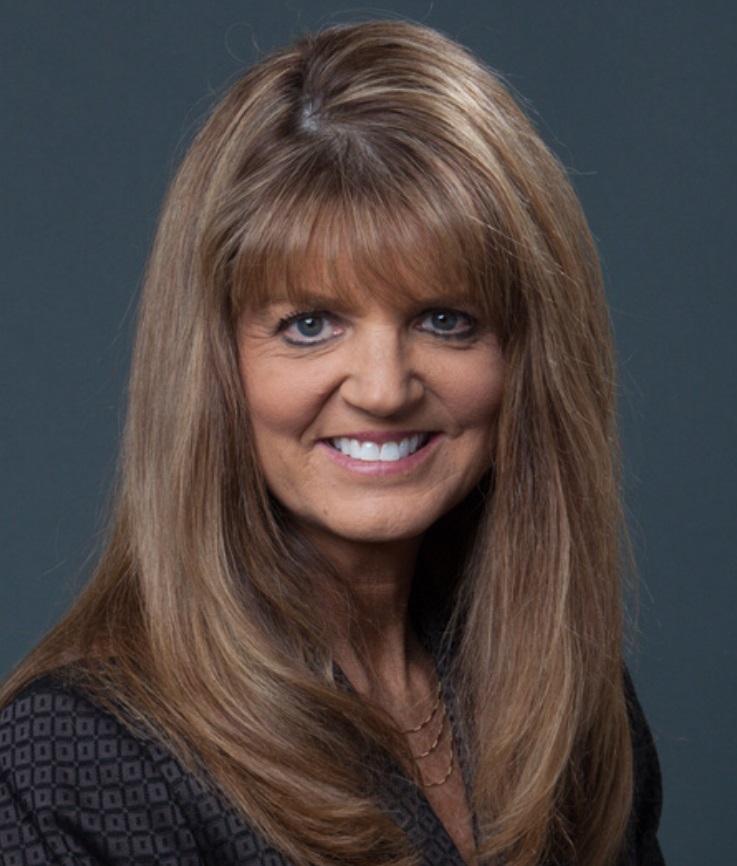As businesses face the uncertainties created by the COVID-19 pandemic, many are also shifting their forward-looking strategic objectives and priorities. Meanwhile, employees are in waiting mode, perhaps waiting for business to resume more or less as it was before the crisis.
But the post-pandemic reality will likely be very different. Businesses may find, for example, that their trading partners have been undergoing changes too and that relationships may change. Vendors they used in the past may no longer be available, or may be available on different terms. Customers that were loyal before the pandemic may have shifted to new providers. Consumers may have developed new habits that will inform their preferences and behavior when the pandemic is over.
For many businesses, it’s still too soon to say what strategies will drive their future success. But whatever those post-pandemic strategies are, the process of resuming business should not be done in a disorganized or ad hoc manner.
In a recently published paper we described reemergence planning approaches that incorporate all the new communication, collaboration and leadership innovations that organizations have deployed to manage the current crisis. The best reemergence plans will be those that apply the best insights and behaviors learned as the crisis was unfolding.
Those reemergence plans may also need to be altered periodically to respond to evolving circumstances. What leaders envision for their enterprises today may change with new information or new, yet unanticipated behaviors in the market. An organization needs not only a reemergence plan but also a framework for updating this plan in a way that does not generate confusion or uncertainty.
To ensure trust and cooperation, leadership needs to share its reemergence plans and plan adjustment process with employees. Knowing that a plan exists is, in itself, a certainty. That certainty will help employees engage with leaders in a positive way and motivate them to do their own part to make the most of new opportunities.
Sharing reemergence plans now will help ensure that employees understand and support the vision and can help them reset any expectations that business will go on as before. Reemergence plans can also convey a message that encourages flexibility and even generates excitement: As the business recalibrates to new opportunities, employees will also be called upon to adapt to new roles, hours, processes and work locations – some of which could be welcomed by employees: for example, working from home or having a more flexible schedule.
A reemergence plan would also clarify the organization’s post-crisis objectives. This clarity guides planning efforts as they cascade through the organization. Plans like these help employees recognize how their current activities contribute to the company’s future success.
Sharing a reemergence plan may also inspire employees to contribute to the vision, which could shine light on previously undiscovered talent or potential. Smart leaders will want to observe employees’ responses to the crisis and the reemergence plan to identify a new generation of leaders.
Applying the Value of Lessons Learned
From the crisis and the planning for eventual reemergence unique opportunities arise. More than ever, teams are using video- and text-based tools for collaboration, and businesses with cloud-based workflow tools are making more of that investment than ever before. These uses should expand, if they have not already, to support future change management efforts, innovations and ongoing transformation. Organizations are engaging with new, often virtual approaches to solution design. These techniques help spur new ideas and break through obstacles to innovation. Now that many teams have mastered them, they should become a part of the organization’s collaborative toolkit after the pandemic.
Further, executives have had to abandon traditional motivational approaches in favor of clear, frank, empathic styles of leadership and communication. These changes are likely to influence future strategies for engaging staff and shaping future leadership. And strong indicators of leadership excellence are being discovered in unexpected quarters. Some employees are demonstrating extraordinary calm and wisdom in these extraordinary times, showcasing resourcefulness and initiative that may never have surfaced during execution of routine responsibilities. Leaders must take note, identify and groom these promising candidates now that they’ve shown how they shine under adverse and unforeseen conditions.
For a successful reemergence, leaders must recognize and capture the skills the organization has honed in the midst of the crisis – both process- and people-related – and use them to drive its reemergence efforts. New tools, new opportunities to develop people, new ways of working together that have arisen from necessity will continue to be deployed once the economy reignites because they have proven to be agile, resilient and adaptable. Now that organizations have made these strides toward greater agility, why would they ever go back?
Read additional posts on The Protiviti View related to the COVID-19 pandemic.





